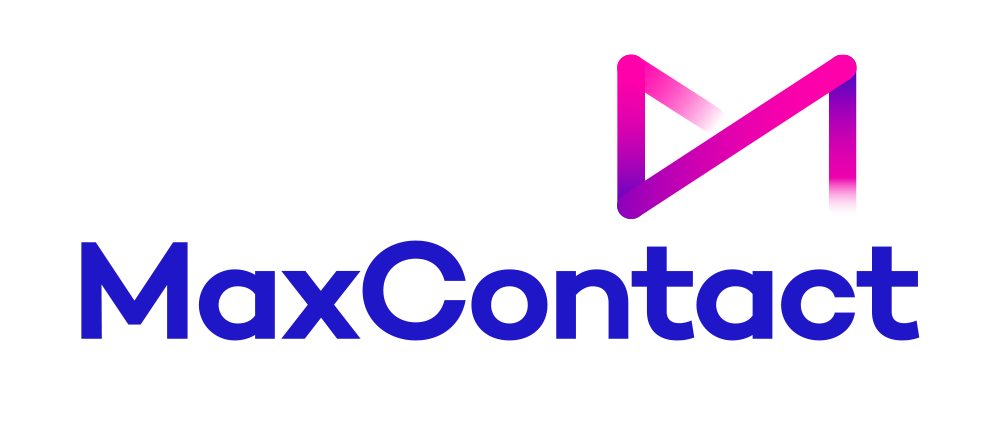What is Speech Analytics?
As a contact centre manager, you are constantly balancing the pressure to deliver amazing customer experiences with the need to run a smooth operation. It can’t be easy, but that’s where the right technology can make a real difference.
By turning customer calls into text and analysing them for patterns and sentiment, speech analytics gives you the kind of data that used to take hours to retrieve.
In this guide, we’ll break down what speech analytics is, how it’s changing in 2025, and why it’s quickly becoming a must-have for contact centres. You’ll come away with a clear picture of how it can help you improve customer satisfaction and support your agents.
How Speech Analytics Works
Speech analytics might sound complicated, but in reality, it's just about turning everyday conversations into data, which can help you improve the customer experience. Every customer call holds valuable information about your service, processes, and how your customers feel.
Here’s a simple breakdown of how it all works:
- Data Capture: It all starts with call recordings. Each customer interaction is captured and stored for analysis.
- Transcription: Speech-to-text technology then steps in to convert spoken words into written transcripts. In 2025, these tools can handle multiple languages and regional accents with impressive accuracy, so nothing important gets lost in translation.
- Text and Sentiment Analysis: Using natural language processing (NLP), the software scans the transcripts to pick out key phrases, emotional tone, and even stress levels. You’ll know not just what your customers are saying, but how they’re saying it.
- Trend and Pattern Detection: Machine learning kicks in to highlight recurring themes, maybe it’s a spike in complaints about delivery times, or the same product question popping up again and again. These patterns help you stay ahead of issues before they snowball.
- Reporting and Visualisation: This data is pulled into dashboards and easy-to-read reports, so your team can spot insights at a glance and act fast. If you're ready to take this even further, MaxContact’s reporting tools offer detailed visualisations and custom analytics to help you make smarter decisions, faster.
Why Speech Analytics Matters
If you’re looking for a way to improve customer experience, speech analytics might be the missing piece.
Sure, online chats and self-service are growing—but when things get complicated or matter, most customers still prefer to talk to a real person. Here are some reasons why we think speech analytics matter for your business:
Customer Experience: You can use sentiment analysis and conversational trend data to find customer pain points, such as long wait times or repeated call transfers. This sort of data can help you to improve agent scripts.
Operational Efficiency: By analysing customer interactions, businesses can quickly identify common issues, allowing for adjustments to processes and resource allocation. It also improves call routing, making sure customers are connected to the right agents faster.
Compliance and risk management: Speech analytics helps businesses detect non-compliant language, sensitive information disclosures, or violations of industry-specific regulations. By flagging these issues, speech analytics allows contact centres to take immediate action, reducing the risk of legal penalties or reputational damage.
Cost reduction: Speech analytics can pinpoint agent performance gaps, allowing for targeted coaching and training to improve productivity and reduce the cost of errors.
Businesses That Use Speech Analytics
As we have discussed, speech analytics can change how you engage with your audience. By capturing and analysing conversations, you can discover valuable data to improve services. Here’s how different sectors are using this technology:
Contact centres use this technology to monitor call quality, assess agent performance, improve customer satisfaction, and reduce churn by addressing issues before they escalate.
Financial services use speech analytics for regulatory compliance, to find potential fraud, and to improve customer service. By analysing customer conversations, they can identify common issues, such as billing discrepancies or product inquiries, and tailor their services accordingly.
Telecommunication companies use speech analytics to monitor service quality, address network-related complaints, and improve troubleshooting processes. By analysing customer feedback, telecom providers can identify common pain points, offer better products, and reduce call volumes by addressing recurring issues.
Healthcare services use speech analytics to help hospitals, clinics, and insurance providers improve patient communication and overall service quality. It can also assist in monitoring compliance with medical regulations, identifying common patient concerns, and detecting health trends.
Retailers are using speech analytics to monitor customer sentiment, improve sales interactions, and refine customer service strategies. Whether it's tracking complaints or identifying upselling opportunities, retailers benefit from the data provided by speech analytics to improve customer loyalty and their offerings.
Utilities and energy providers are employing speech analytics to improve customer interactions, monitor service disruptions, and give accurate billing. It helps identify patterns in customer concerns, allowing these businesses to address issues more proactively and reduce operational costs.
Travel and Hospitality companies use speech analytics to improve guest services by capturing feedback from customers and identifying opportunities for service improvements. By analysing customer calls, they can resolve complaints faster, improve travel experience, and increase customer retention.
Public sector organisations are using speech analytics to manage interaction, monitor compliance, and identify areas for improvement.
How MaxContact Can Improve Your Customer Experience
With the speech analytics market expected to hit $4.5 billion by 2026, it’s clear that demand is only growing and sooner or later, this technology will become essential, not optional. Now may be the time to bring speech analytics into your customer service strategy. It can help you spot trends, track sentiment, improve compliance, and cut costs. Want to see it in action? Explore how MaxContact’s Speech Analytics Solutions can support your team.
.png)
From the blog







